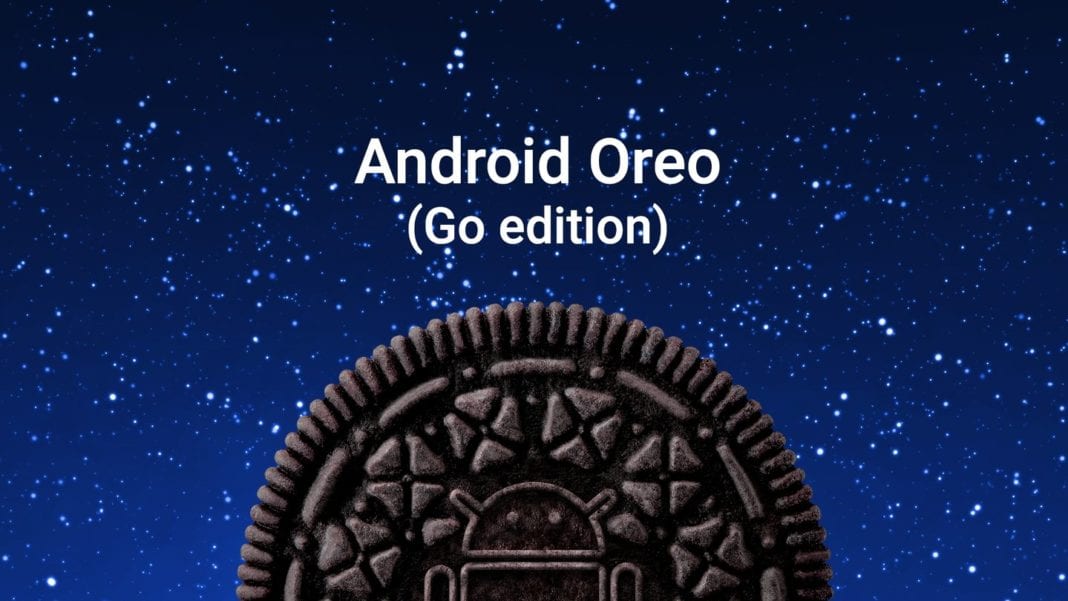Google rolls out a new mobile operating system for low-end phones. This new Android OS is practically designed for low-end devices. Android users can now download sooner or later the Android 8.1
Meet the Android Oreo, Google’s new mobile OS. The reason behind the Android Go edition is simple. It wants to give users the freedom to use their mobile phones with limited random access memory or RAM.
With Android Oreo, this means that Android phone with either 512 MB or 1GB of RAM can run smoothly. If we are going to compare this , Google’s Pixel 2 has 4G of RAM while the Samsung Galaxy Note 8 has 6 GB of RAM.
Android Oreo helps both latest flagship and old devices run better. Google’s reason is simple: make old phones run as possible with minimal impact to device’s configuration. In addition, Google wants to achieve storage improvements and performance in the Go edition.
In short, Google wants to optimise the usage of apps while taking less storage. This means that apps can launch faster at launch.
In a statement published in Google’s blog site, Google said that Android Ore has also an enhanced speed and reliability.
“We enhanced Android Oreo (Go edition) for speed and reliability on entry-level devices, which means the average app is now 15 percent faster on devices running Android Oreo (Go edition),” Google said.
So what are the Android Oreo’s components then? Android Oreo (Go Edition) has three key components: Operating System, Google Apps, and Google Play Store.
In Operating System, users can experience a new data management features including performance and storage improvements. It has also built-in security benefits that offer a more stable features.
Users can also take advantage of the Google Apps. Under the new mobile OS, apps are built lighter and relevant to the specific needs of people online.



















